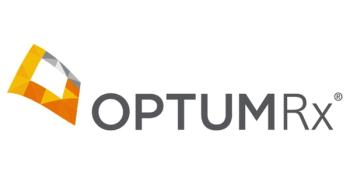
WeightWatchers Launches Employer Program for GLP-1 Drugs
The new model offers direct manufacturer pricing for weight loss drugs and a way to contribute to employee costs.
WeightWatchers has launched a first-of-its-kind solution that combines direct pricing from pharmaceutical manufacturers with flexible employer subsidy coverage for GLP-1 therapies for weight loss. Called
With this solution, employers can cover the cost of the WeightWatchers program and contribute a set percentage for medication costs, ranging from 25% to 75%, to offset employee costs. Through this solution, employers also gain access to direct manufacturer pricing, providing transparent costs. Patients would receive medications through WeightWatchers Clinic, which was formerly the telehealth service Sequence that it
This new program opens the door to broader access without having to navigate rebates or unpredictable add-on expenses, said Scott Honken, Pharm.D., chief commercial officer of WeightWatchers. “Employers are at a crossroads when it comes to GLP-1 benefits,” he said in a news release. “Our clients consistently tell us that costs are rising, and traditional coverage models leave little flexibility or opportunity for innovation.”
Employer coverage of the GLP-1 therapies is beginning to expand, according to a recent simulation
This, however, is expected to increase premiums for employers. Using real-world drug cost scenarios, EBRI estimated that premium increases would range from 5.3% to 13.8%, depending on adherence, cost-sharing, and eligibility assumptions. EBRI researchers used data from MarketScan and current literature examining GLP-1 usage trends to estimate how different combinations of these variables influence total spending and insurance premiums for large and small firms.
Using a hypothetical lower-priced GLP-1 with a $200 a month cost, increases ranged from 1% to 3.9%. EBRI suggests this could be the impact if prices for GLP-1 therapies were reduced.
WeightWatchers’ Chief Medical Officer Kim Boyd, M.D., said the organization’s new model could expand access and deliver improved outcomes for employees and businesses.
The organization cites data from a
The WeightWatchers program has a long history of providing programs and support for those who want to lose weight. The organization has struggled, however, since the demand for GLP-1 drugs for weight loss has grown. The company filed for
The company emerged from bankruptcy in June 2025 with new leadership, an expanded program with Novo Nordisk, and later launched a new program for women experiencing menopause. The program with Novo Nordisk launched in July 2025 to offer Wegovy (semaglutide) through WeightWatchers Clinic.
Newsletter
Get the latest industry news, event updates, and more from Managed healthcare Executive.






















































